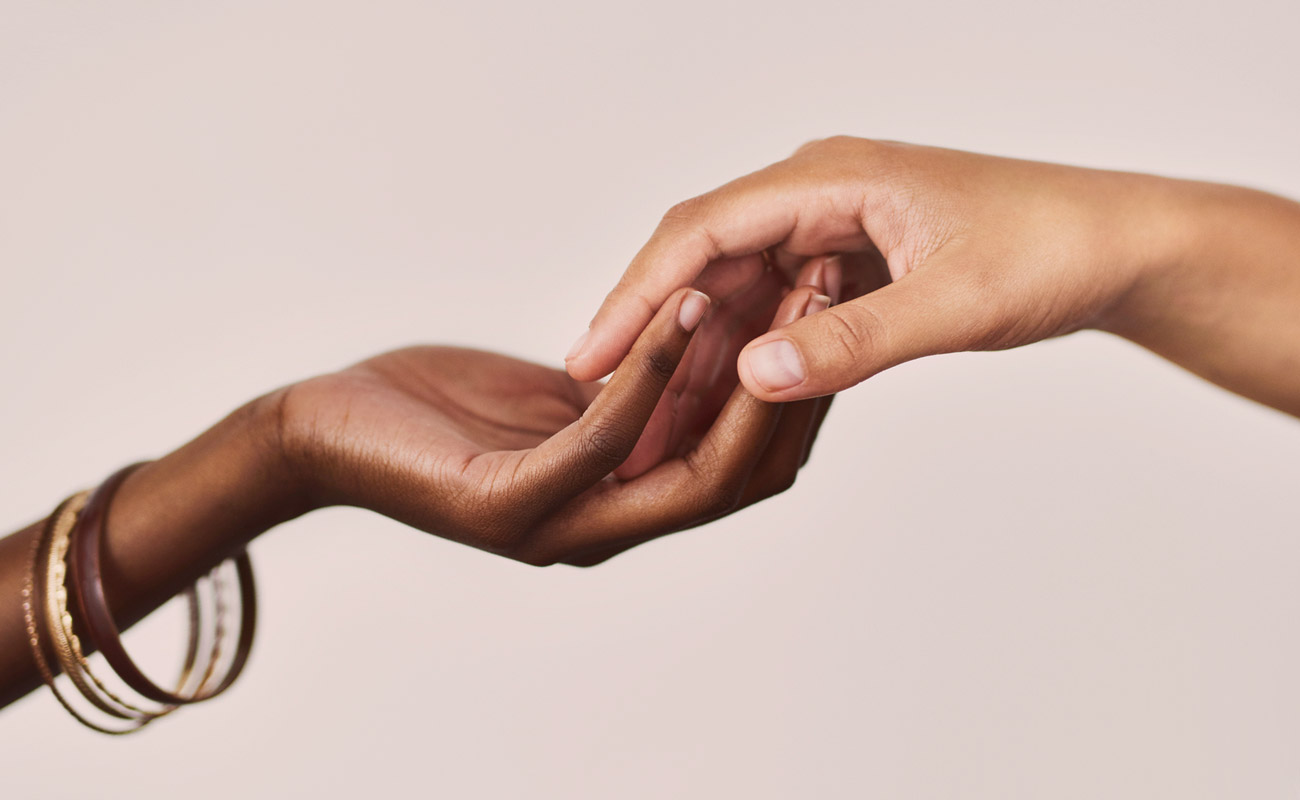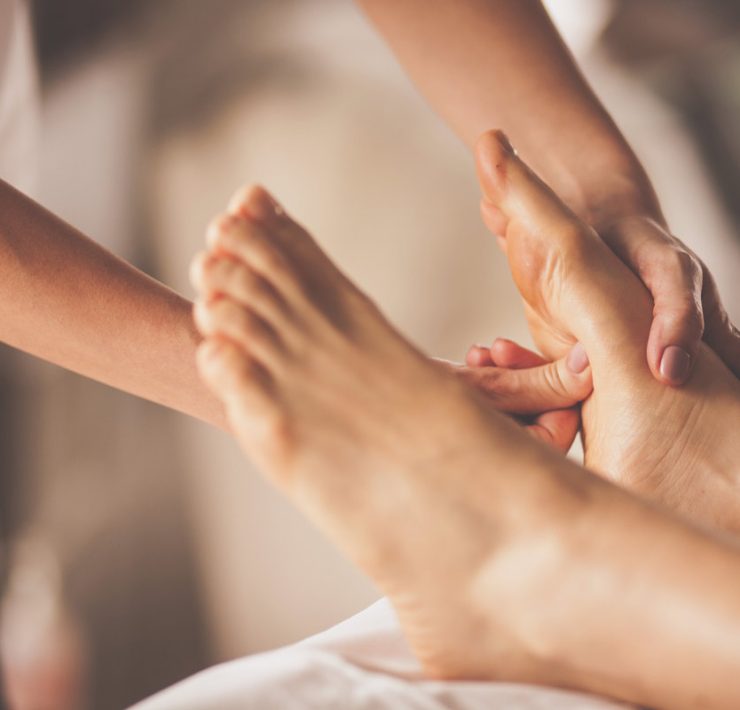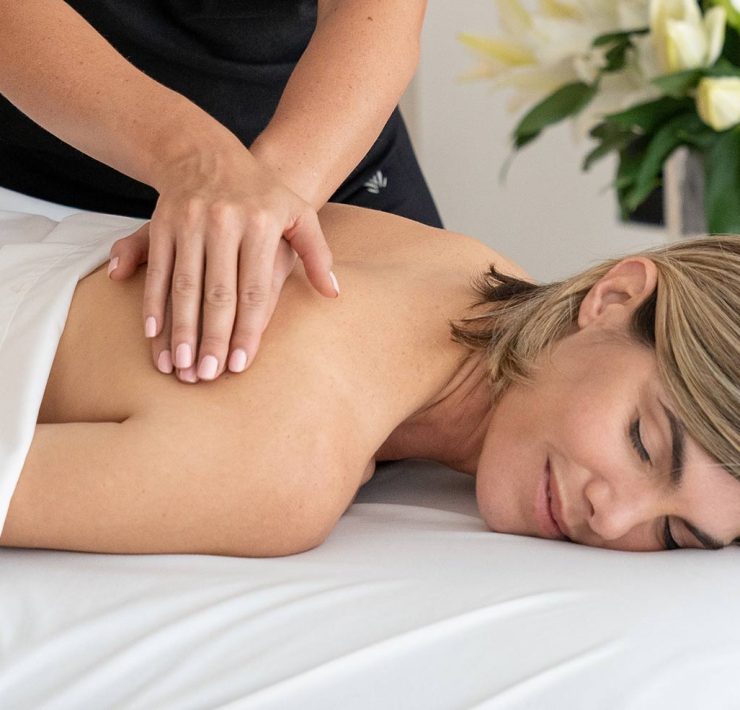Oxytocin—also known as the “love hormone” or “cuddle hormone”—plays an essential role in the bonds between romantic partners, as well as codifying early attachment between mothers and infants. More recently it has been discovered to affect human behavior in areas related to empathy and trust, sexual arousal, romantic attachment, and it can even reduce anxiety and aggression.
Oxytocin is defined by the Cleveland Clinic as a “natural hormone that manages key aspects of the female and male reproductive systems, including labor and delivery, lactation as well as aspects of human behavior.” It’s produced in the hypothalamus and secreted by the pituitary gland in both men and women—but in women its effects are enhanced by higher levels of estrogen. Oxytocin acts as a chemical messenger in the brain, similar to serotonin or dopamine, and is one of the few hormones with a positive feedback loop—meaning that the release of it stimulates the pituitary gland to release even more! According to a 2013 report, the hormone is “an important component of a complex neurochemical system that allows the body to adapt to highly emotive situations.”
Low oxytocin levels have been linked to depressive symptoms and autism spectrum disorder. Scientists are still researching the connection between oxytocin and these conditions. Should they decode it, significant potential could be unlocked for treating autism spectrum disorder, depression, post-traumatic stress disorder (PTSD), anxiety, addiction, and anorexia.
According to Dr. Kerstin Uvnäs Moberg, author of The Oxytocin Factor, massage is one of the best ways to increase oxytocin in the body. She writes that oxytocin is released not only in the person receiving the massage but also in the therapist. “Massage therapists show typical effects of high levels of oxytocin,” says Moberg, “such as lower levels of stress hormones and lower blood pressure.”
Numerous studies support the beneficial effects of massage in relieving everyday stress and anxiety, enhancing the immune system, improving mood, and promoting feelings of well-being. A 2012 study with 95 adult participants presented evidence that a 15-minute massage could not only help people relax but facilitate an increased release of oxytocin levels.
In addition, oxytocin counters the effects of cortisol, the primary stress hormone. When cortisol is produced in high levels over a long period, it can lead to lowered immune function, high blood pressure and heart rate, and even anxiety and depression. People suffering from PTSD live in a chronic state of stress and have been found to have high levels of cortisol. Multiple studies on massage and its effects on oxytocin and cortisol production are being reviewed. And massage as a regular treatment to help reduce stress levels for those with PTSD is also being considered.
In the meantime, you can count on a massage from a partner or loved one to give you a boost of oxytocin, along with all the other benefits of massage. Of course, to reap the full rewards of expert massage therapy, it only takes a few minutes and a few clicks to book a Zeel massage for one or for two. It’s the perfect way to celebrate Valentine’s Day—perhaps oxytocin’s biggest day of the year—or any day at all.







